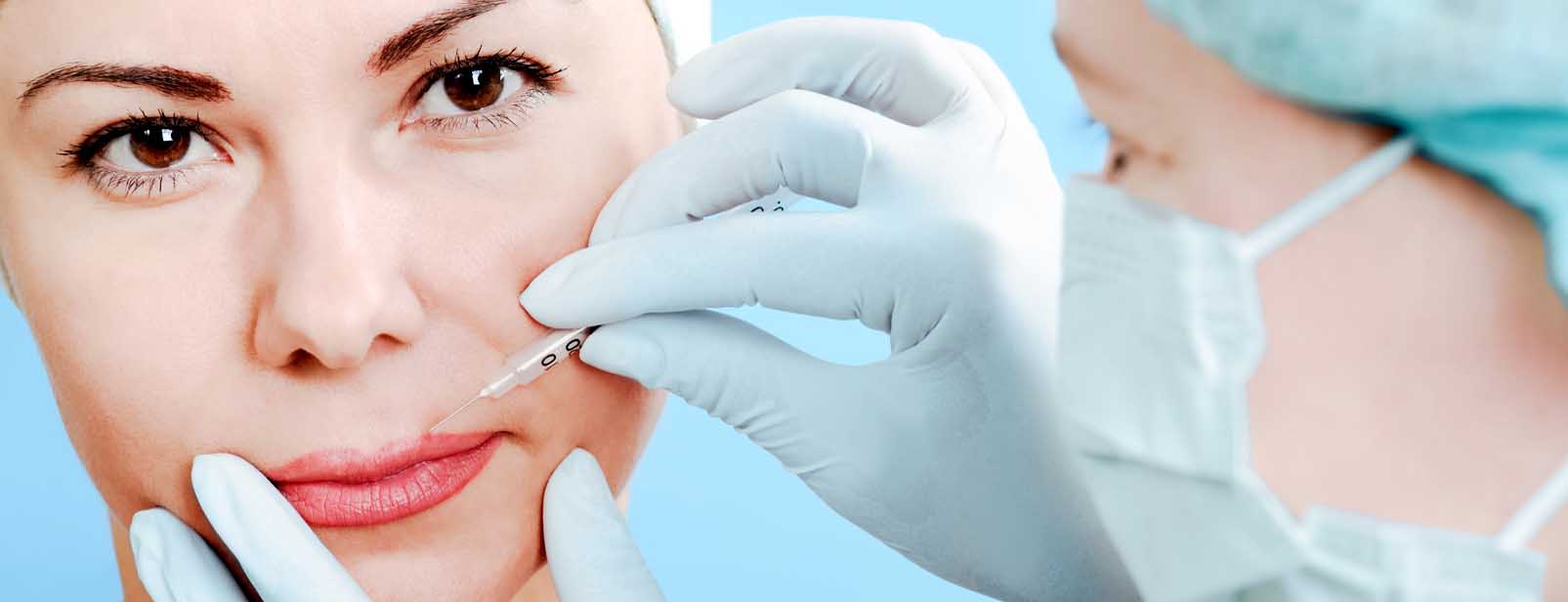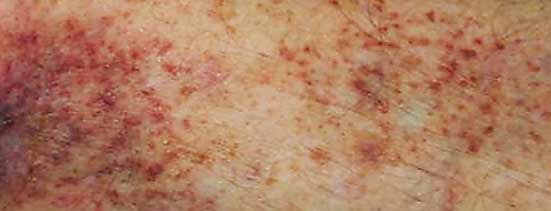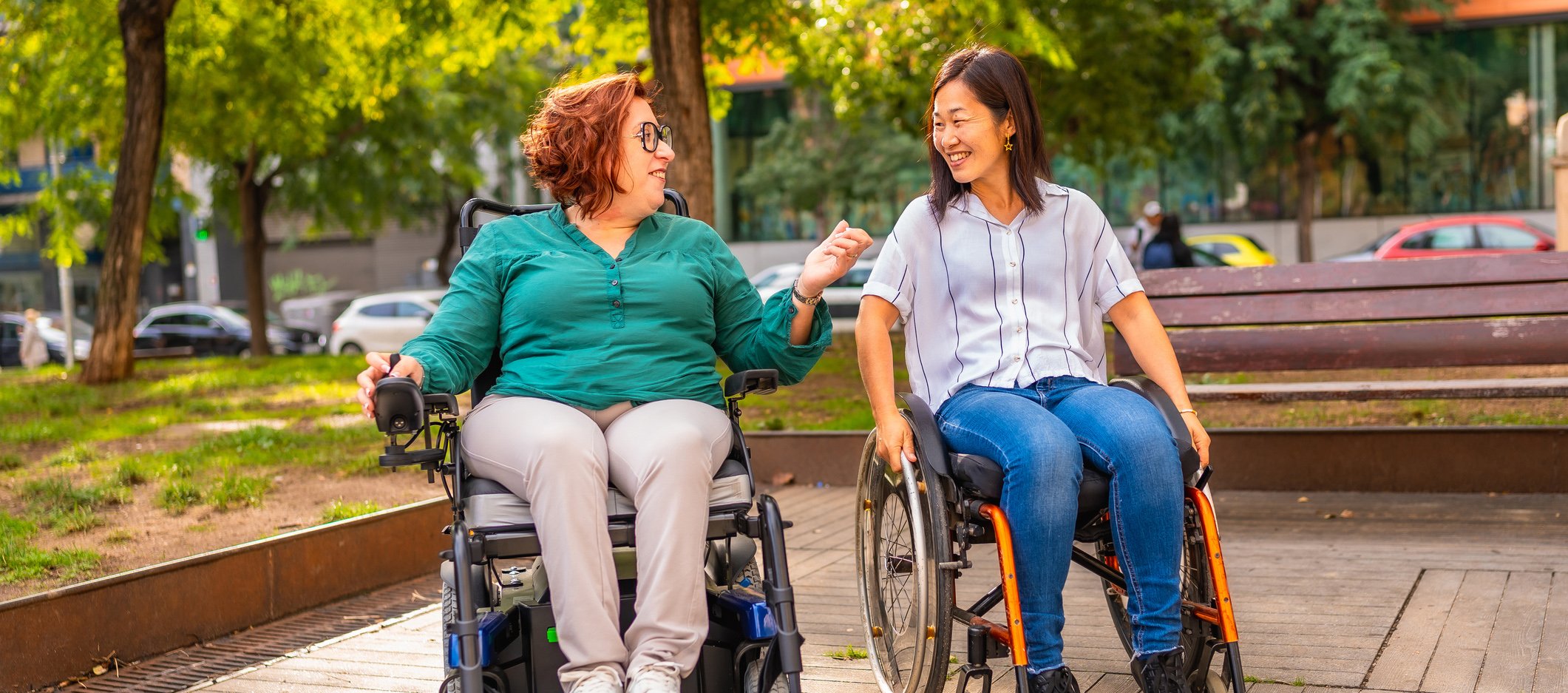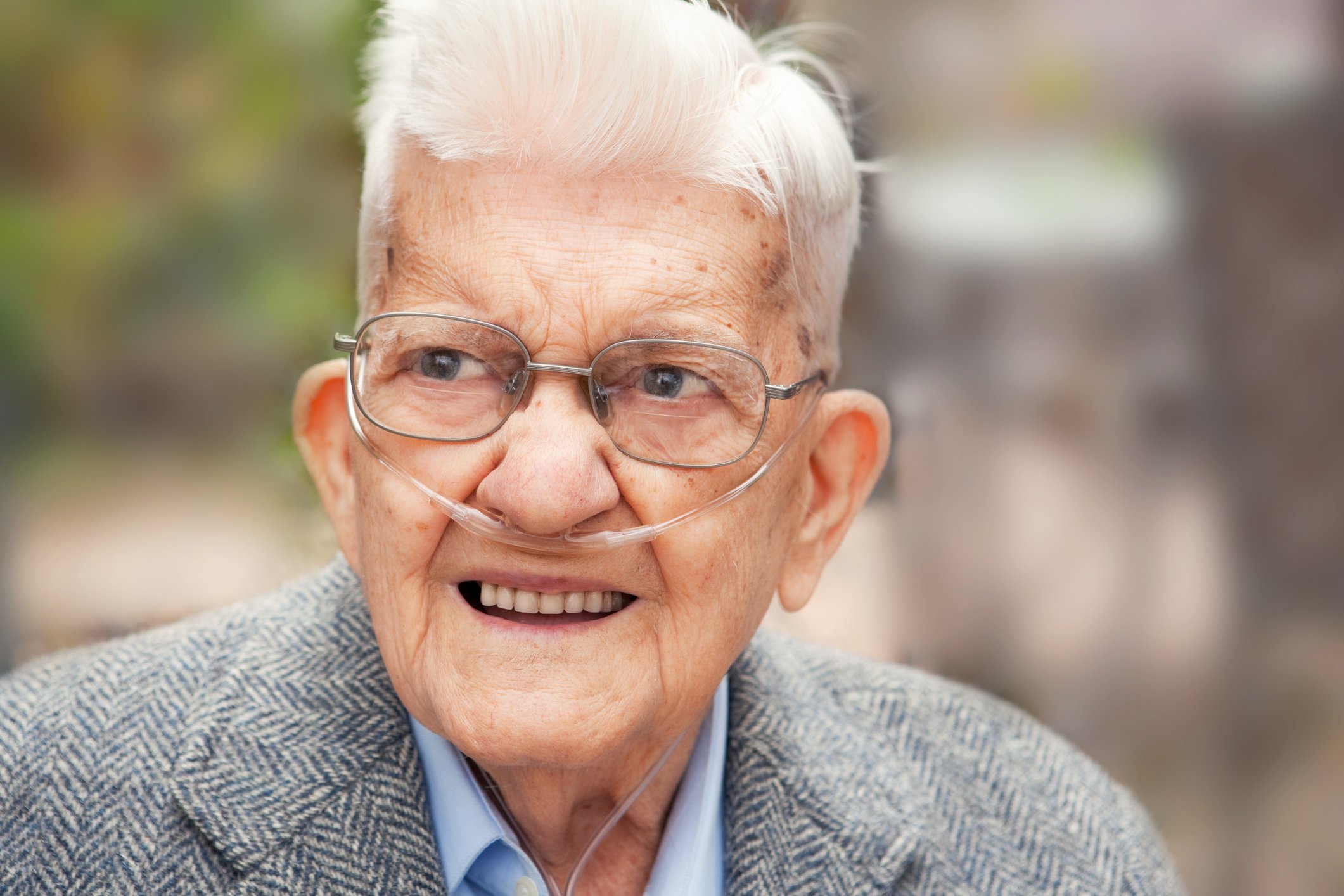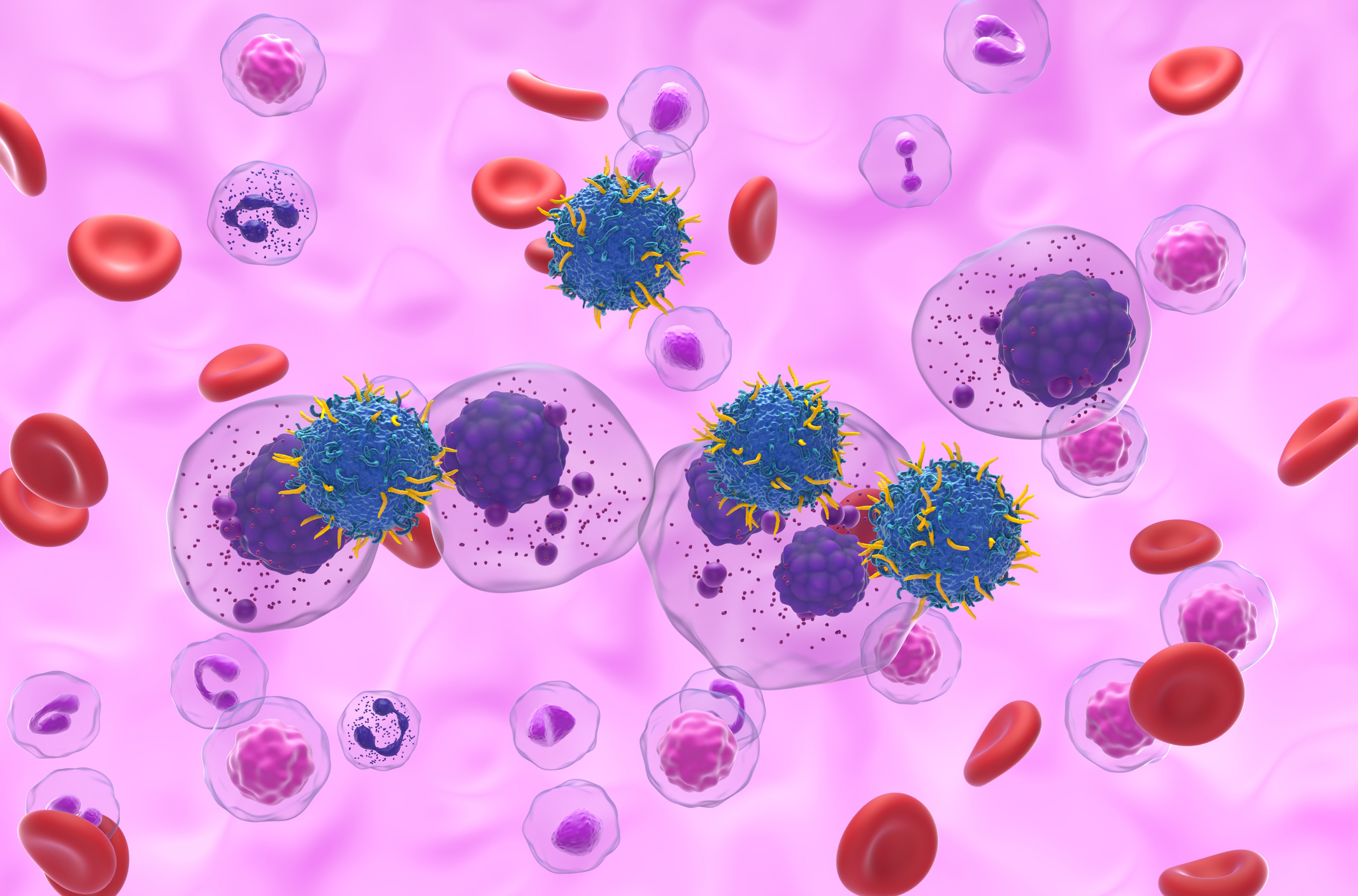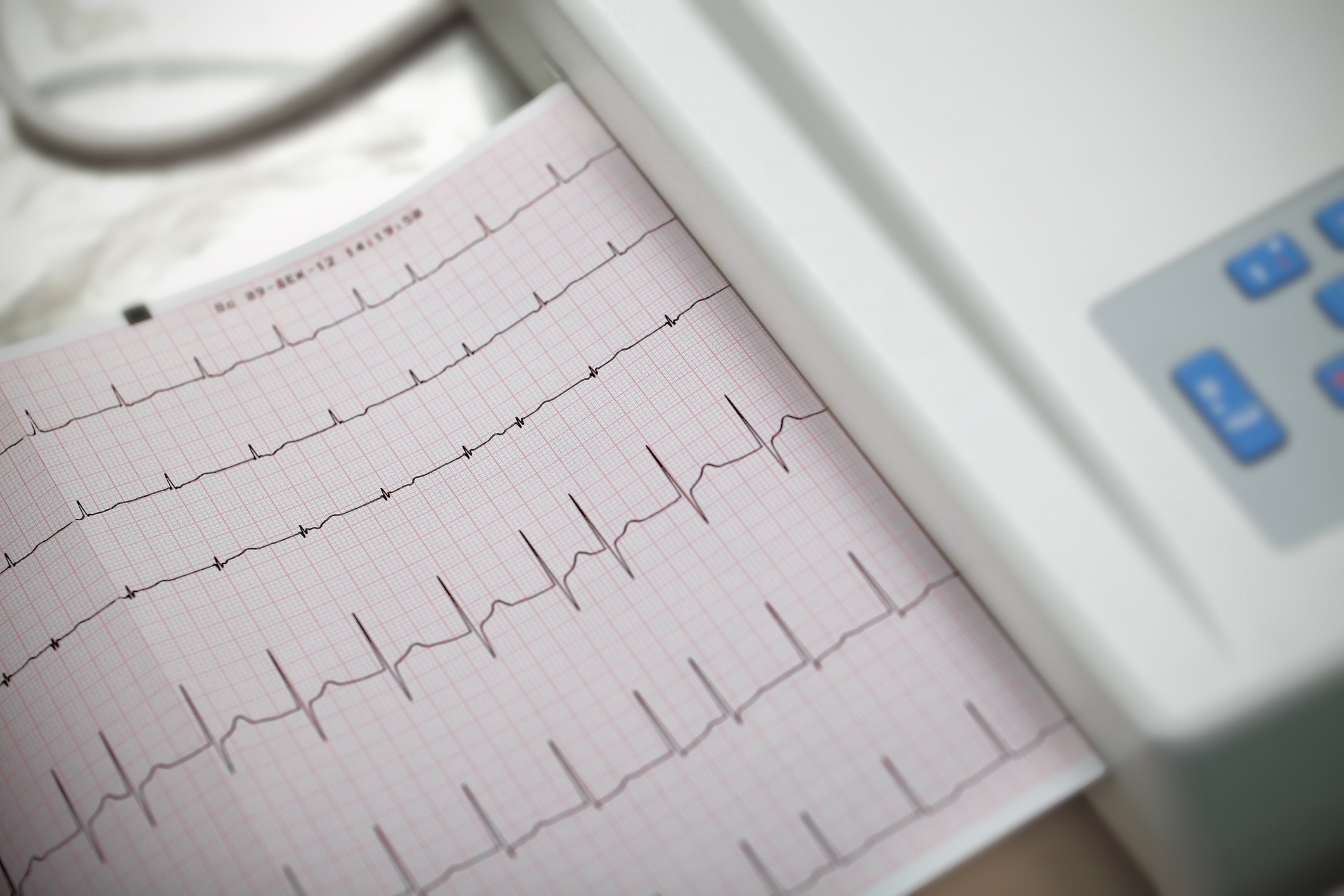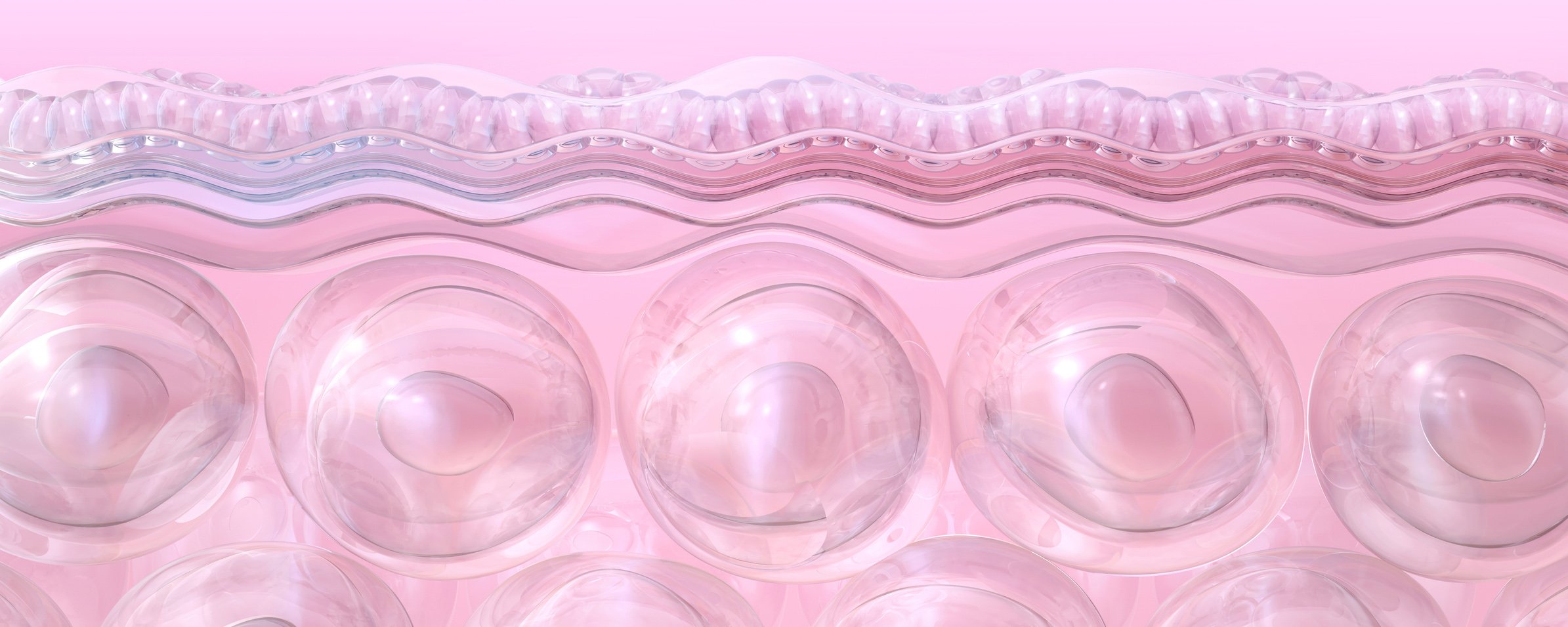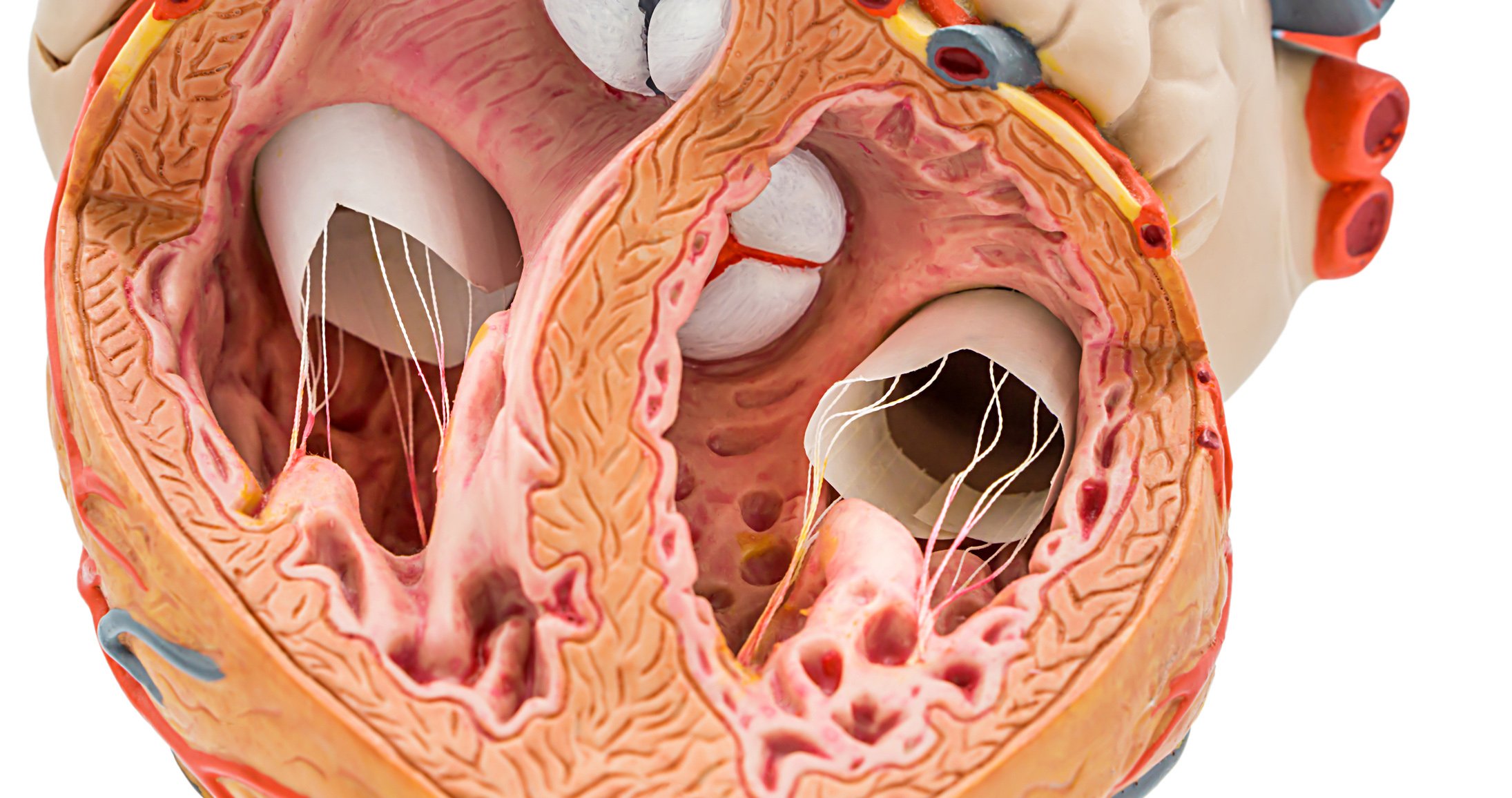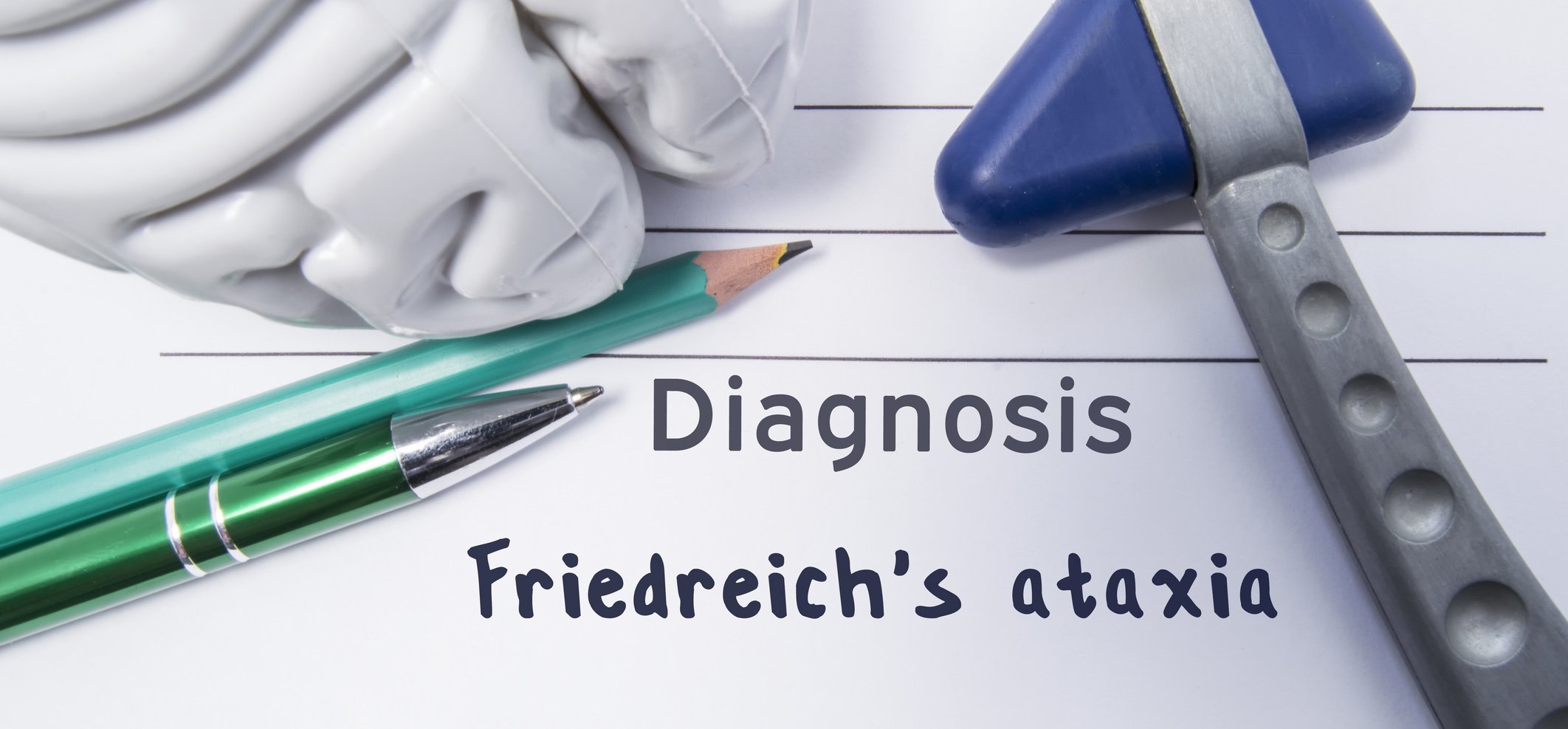The workshops of the SGEDS (Swiss Group of Esthetic Dermatology and Skincare) at the Methininserhof practice are slowly starting to become institutionalized. Three times a year a small number of participants are invited to workshops with the topics Hyperhidrosis, Chemical Peeling as well as Facial. In early summer, the time had come again. The Facial Workshop was booked up very quickly.
In order to achieve the most efficient learning effect, this Facial Workshop was also limited to just ten participants. Saturday morning has proven to be a good date so that participants do not have to stay away from practice and can still enjoy the weekend.
The course was divided into a theoretical and a practical part. The participants were introduced to the topic in an overview lecture. In addition to the various botulinum toxin preparations with their peculiarities and their advantages and disadvantages, the practical areas of aesthetic treatments were also dealt with in detail. For example, the participant not only learned the exact dilution for the respective different indications with the different toxins, but also discussed small “trivialities” such as the choice of syringes and the advantages and disadvantages of welded-in needles vs. attachable and replaceable needles. Due to the rather small setting, there was quickly an interactive and interesting exchange between the lecturer and the participants.
Do not forget the diagnosis
The historical outline of the development of aesthetic dermatology was also interesting: the change from the sole correction of aesthetically disturbing blemishes to the preventive botulinum treatment resp. holistic facial treatment with combinations of different techniques (botulinum, filler, peeling, laser). “Listen! Investigate! Analyze! Make a diagnosis!” It was emphasized that also in aesthetic dermatology, as it were, as in classical dermatology, a diagnosis must be made before any treatment. Unfortunately, even today numerous treatments are carried out without any concept. Especially non-specialists often do not treat in a problem-oriented way, but in a standardized way. Patients receive the therapy that the doctor has learned and not the treatment that would be needed in this case.
Patient management is also an important issue. In contrast to classical dermatology with sick patients who are helped with the medical activity (assistance principle), the aesthetic dermatologist cares for healthy patients with a wish for therapy (expectation principle). It is therefore important that sufficient competence is provided through a professional medical examination with appropriate assessment and education. This allows the patient to be guided accordingly.
Augmentation treatments in focus
In addition to the various botulinum indications in the upper and lower thirds of the face, augmentation treatments were also addressed. The semi-permanent fillers such as Kazium Hydroxy Apatite (Radiesse®) or Poly Lactic Acid (Sculptra®) should only be used by experienced dermatologists. In general, it was recommended to give preference to hyaluronic acid fillers: “We have many years of experience with hyaluronic acid, more than 15 million treatments have been performed without any significant complications – due to the possibility of hyaluronidase, we can even resolve an undesirable result.” It is important not to overcorrect in any case: “If the result is visible, it was overcorrected!” The goals of any augmentation treatment are as follows:
- The missing volume should be reconstructed as discretely as possible
- The face should keep its proportions
- The aesthetic units should remain considered
- The individual beautiful points of the face should be highlighted.
Thus, the entirety becomes more harmonious and the face fresher, without the observer being able to identify the cause. Vacation for the face – this is the goal and not a caricature! This requires a precise analysis and also experience. The experienced aesthetic dermatologist sculpts rather than schematically. The theoretical part was concluded with a therapy quiz, where the audience was actively challenged.
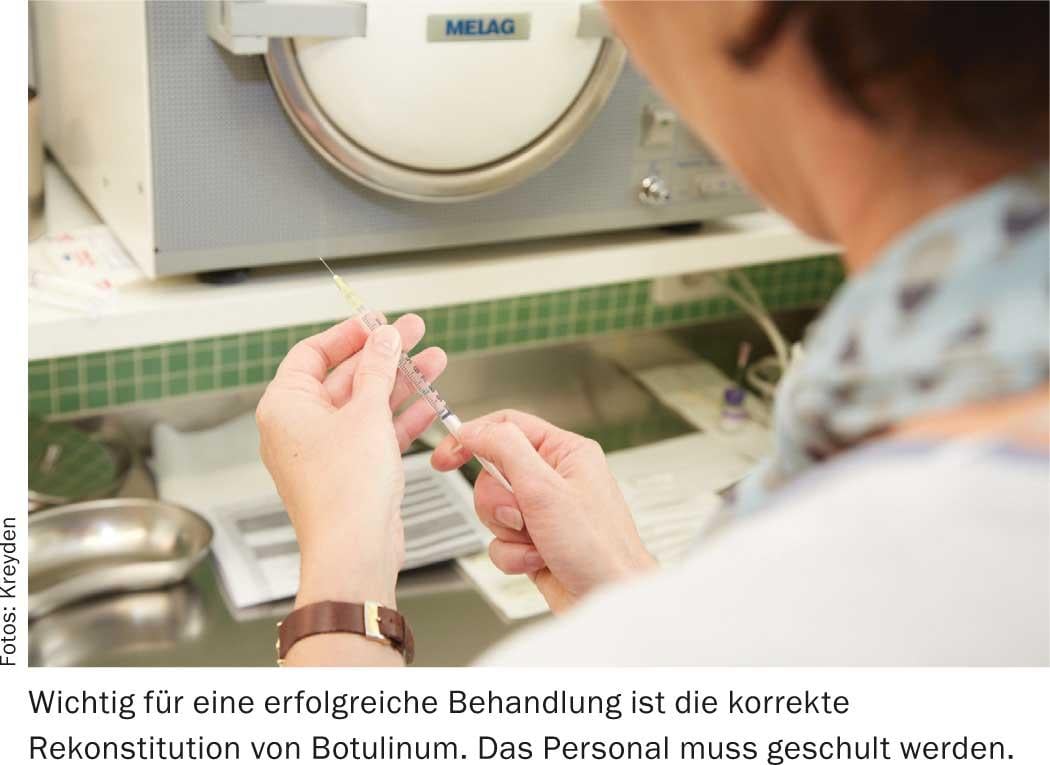
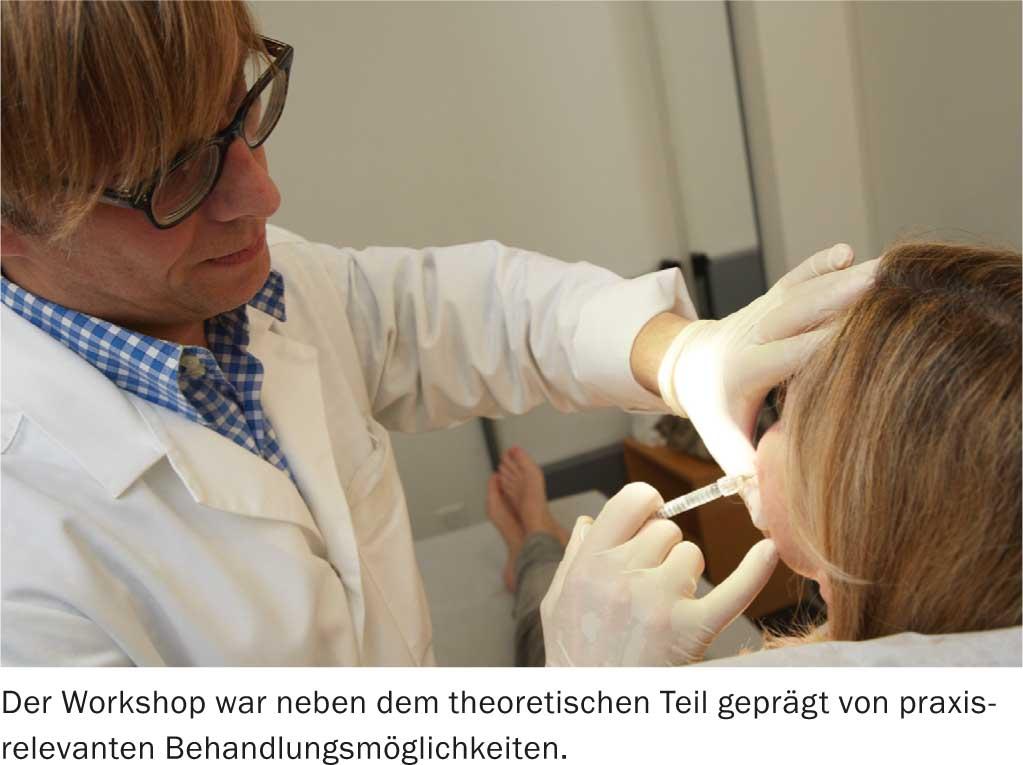
Workshop directly in the operating room
In the second practical part, patients were treated in small groups. The practical part was didactically structured by first treating a patient in the upper third of the face using botulinum. After that, the treatment with botulinum in the lower third of the face was discussed.
Finally, a full-face treatment was shown where a patient was augmented using hyaluronic acid. The different injection points for treating the glabella, lateral eye area, and forehead were shown. It should be emphasized that with increasing experience the doctor adapts the therapy to the patient: “Technique follows function!” Numerous tips and tricks, such as how to avoid brow ptosis, eyelid ptosis or the so-called “Mephisto brow” (lateral elevation of the eyebrows) in the treatment of the glabella, were also shown. For the more advanced of the participants, the technique of brow lift using botulinum was demonstrated.
“The lower third of the face is in principle the territory of fillers,” according to the introduction to the presentation on botulinum treatment perioral resp. Chin. But thanks to the play of agonist and antagonist, targeted botulinum injections can sometimes achieve very nice lifting effects. However, the risk of unwanted co-treatment of an adjacent muscle is always eminent in the lower third of the face. For this reason, these injections should be performed exclusively by experienced therapists.
A positive aspect was that the practical part, even more than the theoretical part, was very interactive and lively. Not only were interesting questions asked, but more experienced participants also shared tips or explained their approach to certain treatment steps. Technical aspects such as the reconstruction of botulinum solutions, needles and syringes, and markings on the patient himself were highlighted, as were general questions about patient satisfaction (positioning, course of treatment, minimization of pain, etc.).
Full Face Therapy
The participants were challenged during the final full-face treatment. The first step was a holistic assessment: where are the weak points, where are the good points of the face, what can be improved and by what means? After this assessment, the treatment plan was then put together and the patient was augmented with hyaluronic acid. As before with the botulinum patients, the focus was not only on the technique itself, but also on the differences and the use of the various hyaluronic acid preparations with different viscosities. Technically, it was exciting to see what results could be achieved by the bolus technique using needle injections and what results could be achieved by the fan technique using blunt cannulas. At the end of the treatment, both the patient and the practitioner were very satisfied with the result and the participants had no further suggestions for improvement. This is how it should be! Let’s hope that the same will be said about the entire course on the part of the participants.
In any case, this course as well as the Hyperhidrosis and Chemical Peeling courses will be held in the coming year. Let’s look forward to it!
Source: 2nd Facial Workshop of the SGEDS in the practice Methininserhof, June 21, 2014, Muttenz.
DERMATOLOGIE PRAXIS 2014; 24(5): 30-32


